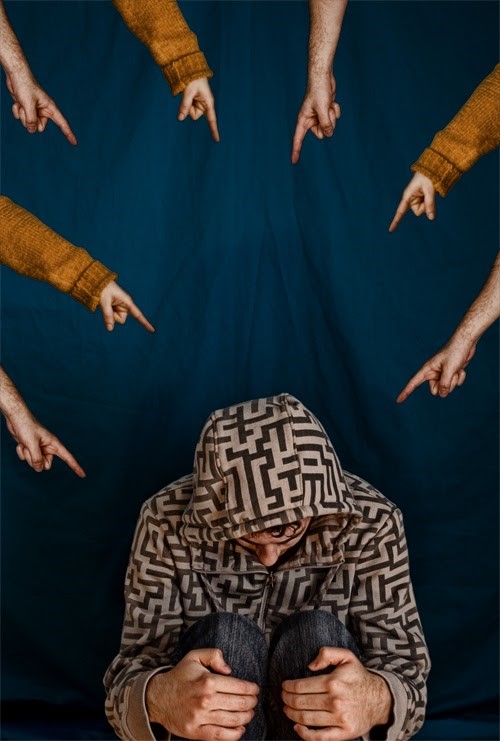Tag: Alibi
-

Grief in Larp: Bleeding Through Two Lives
By weaving empathy, safety, and self-awareness into the fabric of larp, participants can transform grief from an overwhelming experience to an opportunity for collective healing and deeper connection, says Lyssa Greywood.
-

Summon All the Demons: The Exciting World of Larp Demonology
in
Playing a character can be hard enough on its own without all of the extra baggage of supernatural possession.
-

Creating Aura
in
To give in to their alibi, the participant must be credible in their role. Building an aura is a conscious and explicit process that supports this.
-

It Wasn’t Me
in
“It’s not me, it’s my character.” Definitions of alibi, the ways in which it is emancipating, and the situations when alibi is not enough.
-

Larp Crush: The What, When and How
in
Larpers generally agree that what happens in-game stays in-game. But then there’s the larp crush — a condition where you and your character get your wires crossed, so to speak. Larp crushes are known to be potentially more intense than pretty much any other experience of bleed.
